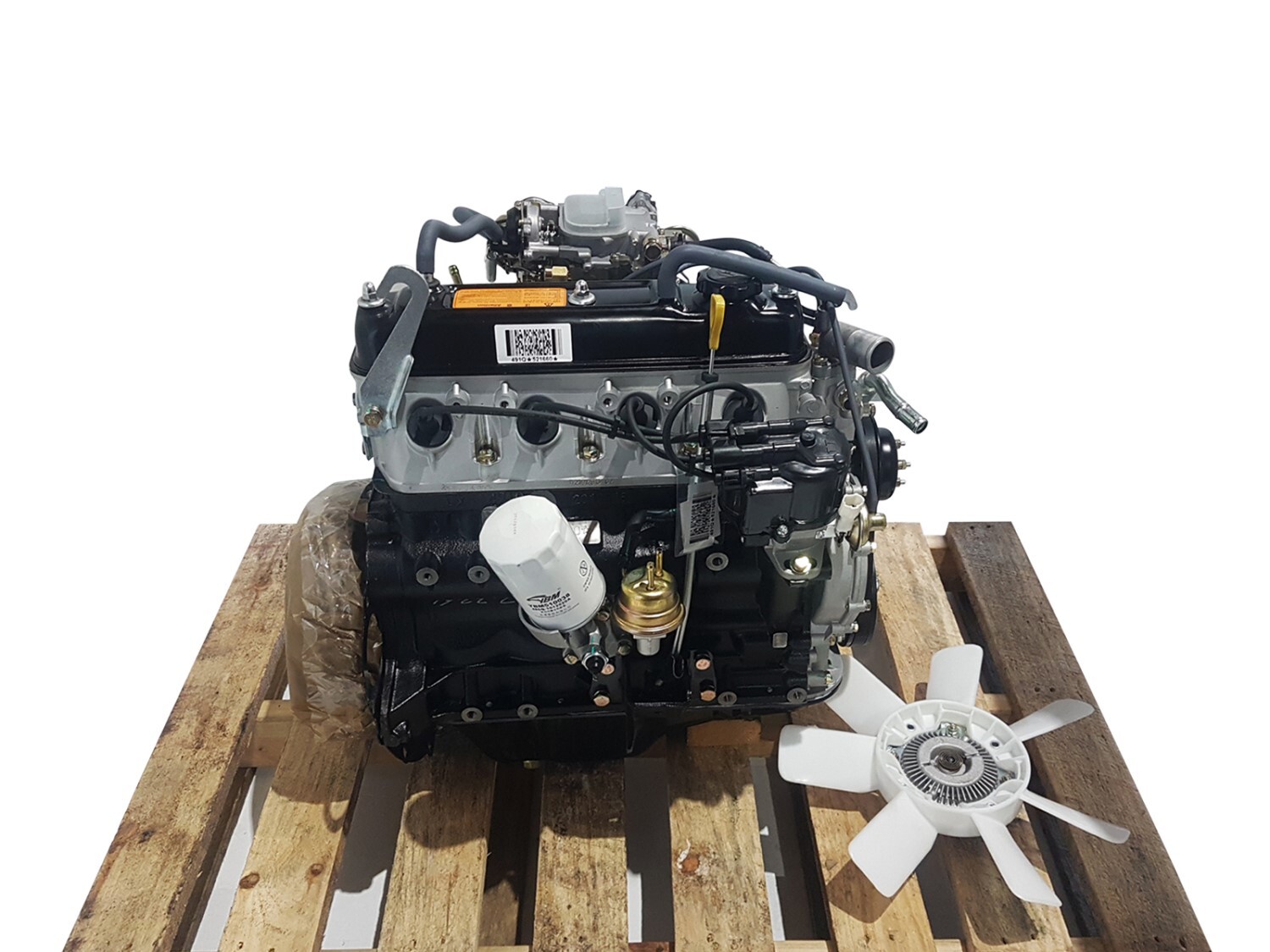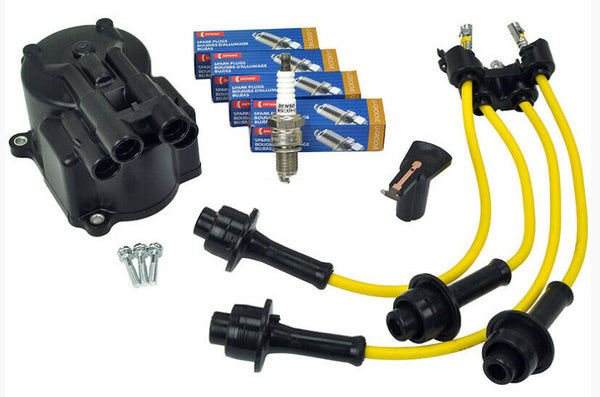Why the Engine Is the most effective Choice for Efficiency and Effectiveness in Your Vehicle
The engine stays a pivotal component in auto design, mainly due to its significant impact on both performance and performance. As improvements in innovation make it possible for smaller engines to provide impressive power while optimizing gas economic situation, the assimilation of features such as turbocharging and hybrid systems becomes increasingly essential.
Comprehending Engine Kind
Comprehending the various kinds of engines is crucial for enhancing efficiency and performance in automotive layout. The key engine types include interior combustion engines (ICE), electrical engines, and crossbreed systems, each offering distinct advantages and restrictions.
Interior combustion engines, which can be further classified into fuel and diesel variants, rely upon the burning of gas to create power. Gasoline engines usually offer higher RPMs and far better velocity, while diesel motor are recognized for their torque and fuel efficiency, making them excellent for heavy-duty applications.
Electric engines, on the various other hand, use electric motors powered by batteries or fuel cells. They use rapid torque delivery, causing smooth velocity and reduced exhausts. The performance of electric engines is considerably higher than that of ICEs, making them a prominent selection for eco-conscious consumers.
Crossbreed systems integrate both internal combustion and electrical engines, leveraging the toughness of both technologies. They optimize gas usage by utilizing electrical power at reduced speeds and switching over to fuel or diesel for greater rates or much heavier lots.
Selecting the ideal engine type is necessary for attaining wanted performance metrics and environmental sustainability in modern vehicle design.
The Effect of Engine Dimension
Engine size often plays a critical function in determining an auto's efficiency and efficiency. Usually determined in litres or cubic centimeters, engine size directly influences the power outcome and torque qualities of an automobile.
Nevertheless, increased engine dimension frequently correlates with reduced fuel performance. Smaller sized engines can supply ample efficiency for daily driving while advertising much better efficiency, making them a preferred selection in small and mid-size cars.
In addition, innovations in engine design, such as turbocharging and straight gas injection, enable smaller engines to accomplish power degrees comparable to their larger equivalents. This trend highlights the importance of not entirely concentrating on engine size however likewise thinking about general lorry style and modern technology (4y engine). Eventually, the impact of engine size on performance and efficiency highlights the demand for consumers to analyze their details driving requirements and preferences when selecting an automobile
Advanced Engine Technologies
Advancements in engine innovations have dramatically improved the landscape of automotive performance and effectiveness, building upon the foundational ideas developed by engine dimension. Especially, improvements such as turbocharging and direct gas injection have made it possible for smaller engines to provide power degrees formerly related to bigger counterparts. Turbochargers compress air entering the engine, permitting raised power outcome without a matching boost in engine size, while straight shot optimizes fuel distribution, boosting combustion effectiveness.
Furthermore, variable shutoff timing systems have become a crucial technology, allowing engines to adjust valve procedure based upon driving problems. This adaptability enhances both efficiency throughout velocity and fuel effectiveness during cruising. Crossbreed and electrical engine technologies even more show the change in auto style, incorporating conventional interior combustion engines with electrical motors to make best use of effectiveness while minimizing discharges.
Furthermore, developments in products science have led to lighter, much more resilient engine parts, additionally boosting efficiency and long life. The combination of advanced electronics and engine control devices additionally enables for real-time adjustments, making sure ideal performance across different conditions. Collectively, these sophisticated engine modern technologies not just boost vehicle performance yet likewise add to an extra sustainable vehicle future, showing the recurring evolution of engine layout.
Balancing Power and Effectiveness
Striking an equilibrium between power and efficiency is essential in modern-day automobile style as manufacturers look for to meet significantly rigorous emissions regulations while satisfying customer need for efficiency (4y engine). The obstacle depends on optimizing engine characteristics to deliver durable power result without sacrificing gas economy
To achieve this equilibrium, engineers utilize different methods, such as why not try these out turbocharging, which enhances engine power by compeling in more air, permitting a smaller engine variation that enhances fuel effectiveness. Variable shutoff timing modern technologies likewise play a substantial duty, enabling engines to change their efficiency features based on driving conditions, thereby improving both power and efficiency.
Additionally, advancements in products and producing strategies have led to lighter engine components, which minimize total vehicle weight and enhance gas effectiveness without jeopardizing power. Hybrid modern technologies have actually likewise become a practical remedy, integrating typical inner burning engines with electrical powertrains to offer a boost in performance while keeping lower discharges.

Future Trends in Engine Layout

Moreover, the development of innovative materials, such as high-strength alloys and lightweight compounds, is readied to reinvent engine parts. These materials not only reduce weight yet also boost thermal efficiency, thus optimizing performance. Furthermore, producers are checking out variable compression proportions, permitting engines to adapt to various driving conditions, boosting both power output and fuel economic climate.
Better, the surge of man-made knowledge and artificial intelligence in engine style is enabling anticipating maintenance and real-time efficiency optimization. This modern technology can lead to engines that self-adjust for optimal efficiency based upon driving patterns.

Verdict
In final thought, the engine offers as an essential component in accomplishing optimal performance and efficiency in modern-day automobiles. The interplay between engine dimension and style proceeds to evolve, driving technologies that stabilize exhilarating performance with ecological sustainability.
Additionally, advancements in engine style, such as turbocharging and direct gas injection, enable smaller engines to accomplish power degrees comparable to their larger counterparts.Technologies in engine useful link technologies have actually considerably reshaped the landscape of auto efficiency and efficiency, building upon the fundamental principles developed by engine size. Turbochargers press air getting in the engine, enabling for increased power outcome without a matching boost in engine size, while straight injection optimizes gas delivery, boosting burning effectiveness.
Crossbreed and electrical engine modern technologies better highlight my company the shift in automotive design, integrating traditional internal burning engines with electric motors to maximize effectiveness while minimizing emissions.
Collectively, these advanced engine innovations not only boost car efficiency but additionally add to an extra sustainable automotive future, demonstrating the continuous development of engine layout. (4y engine)